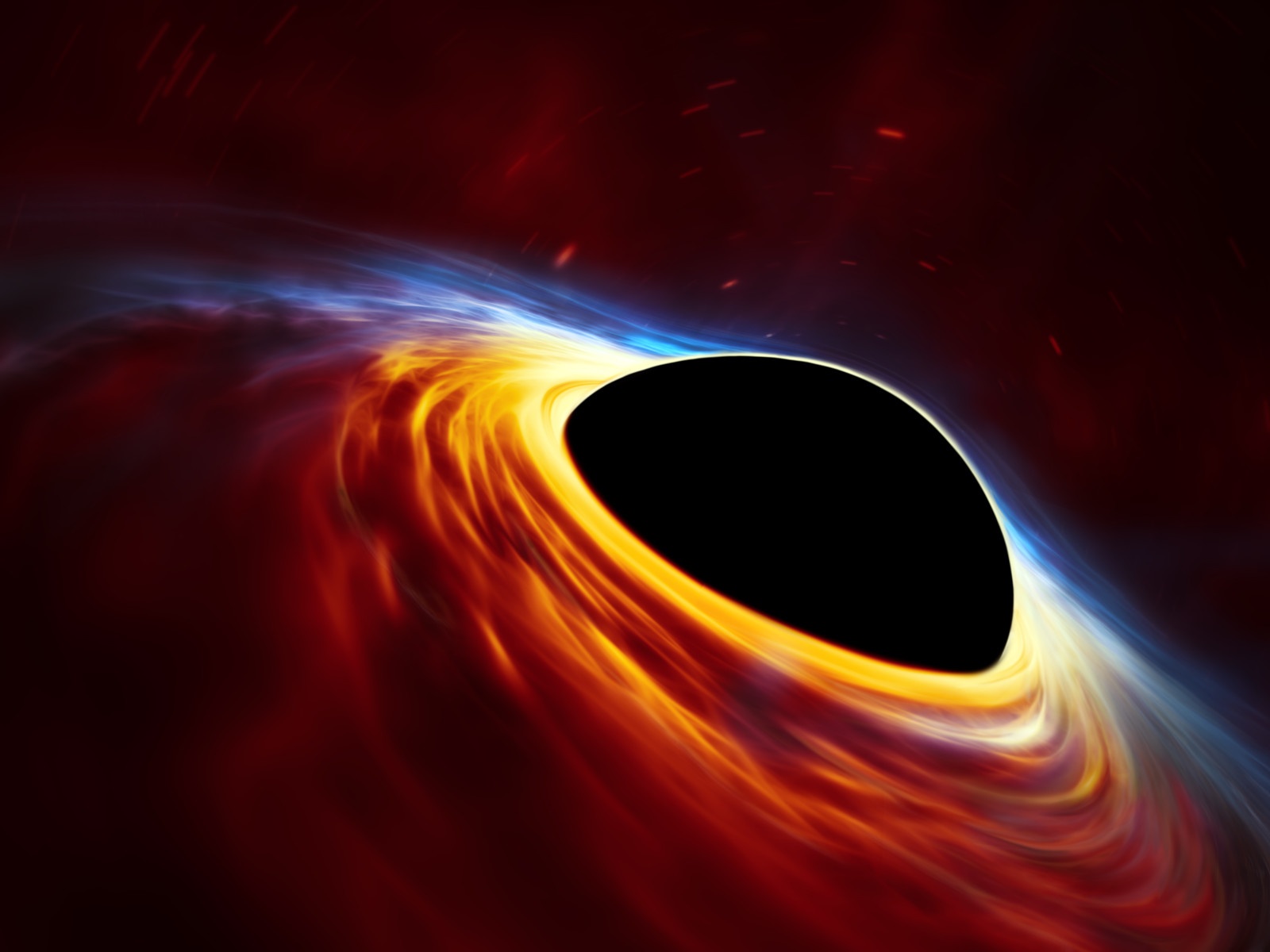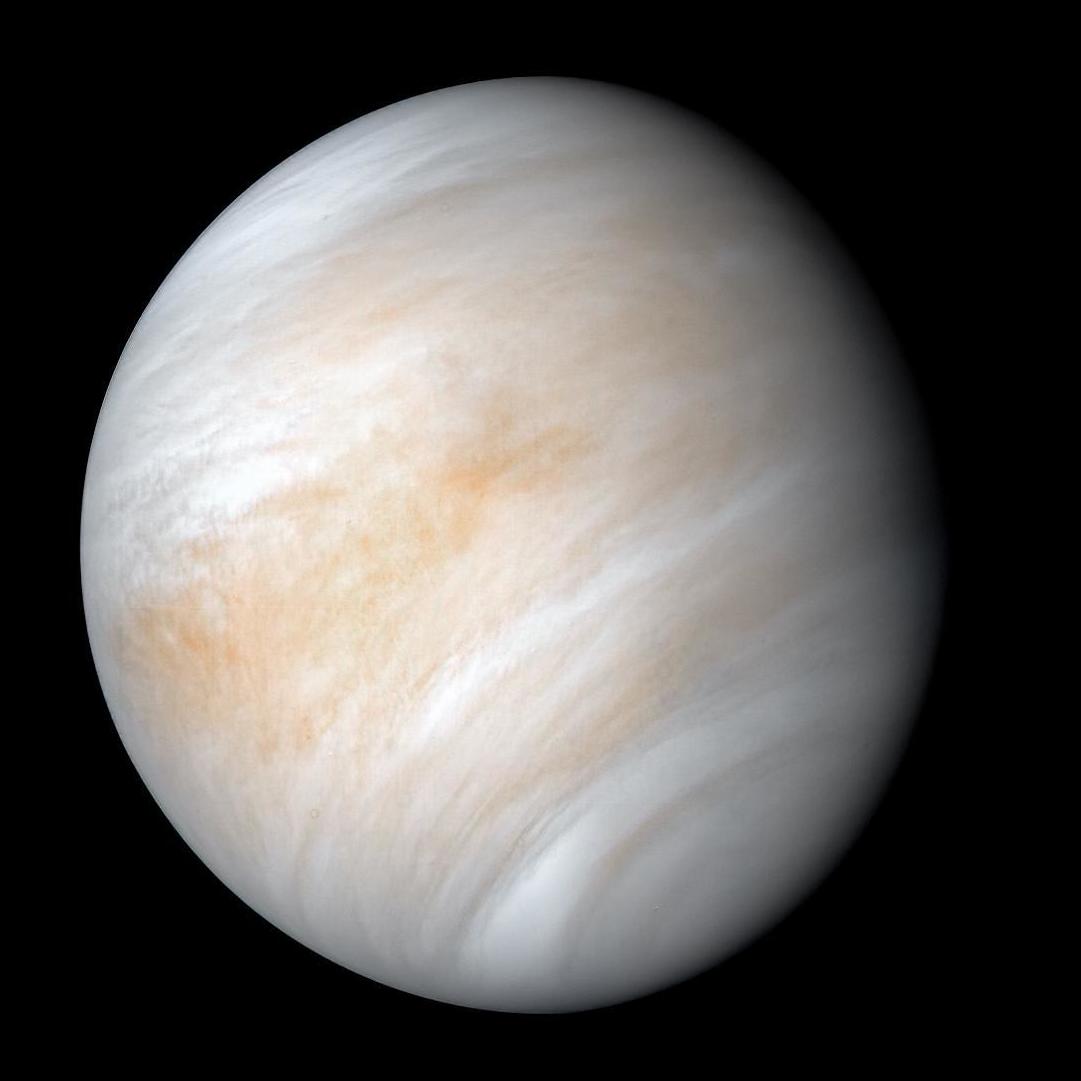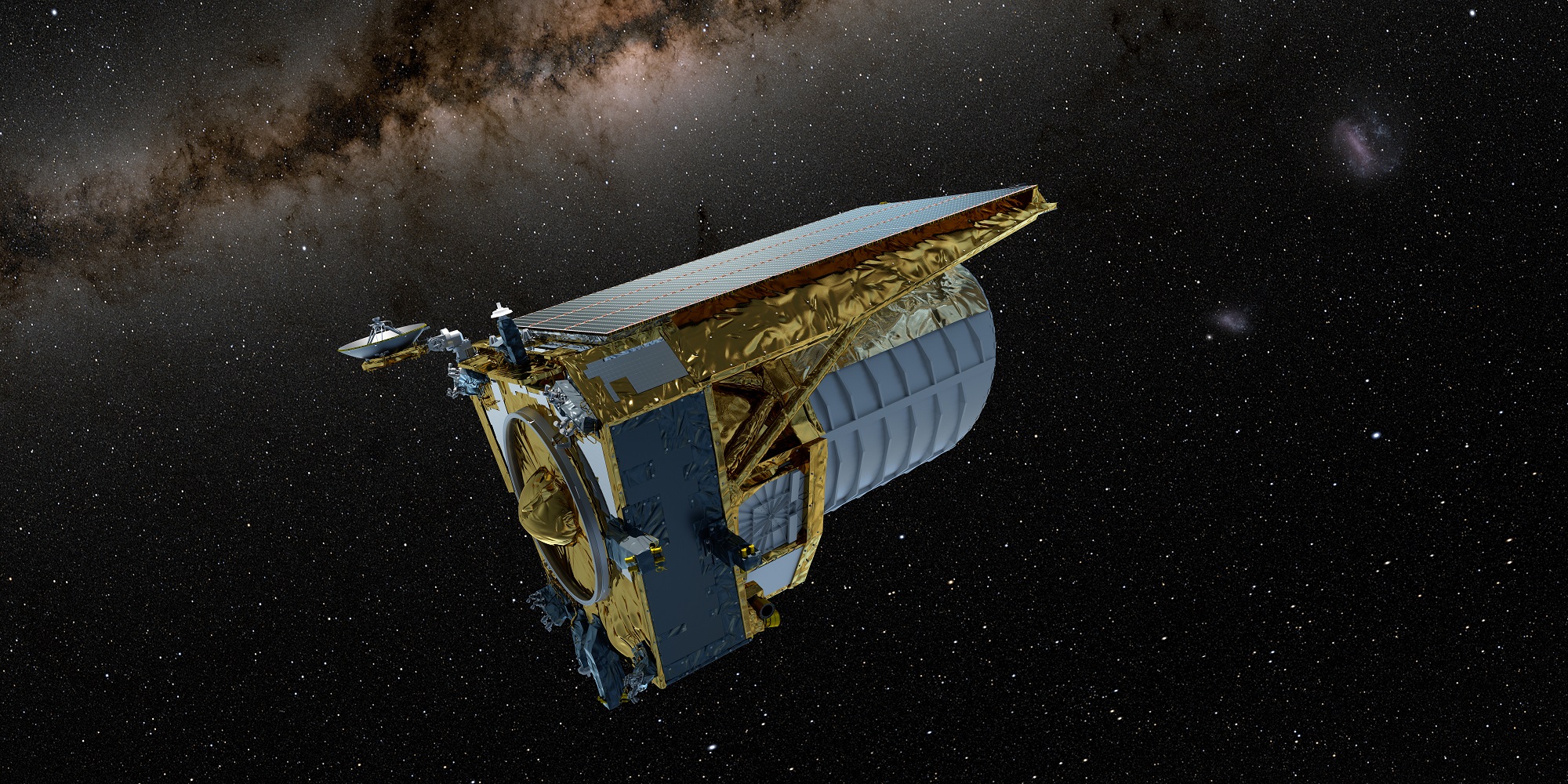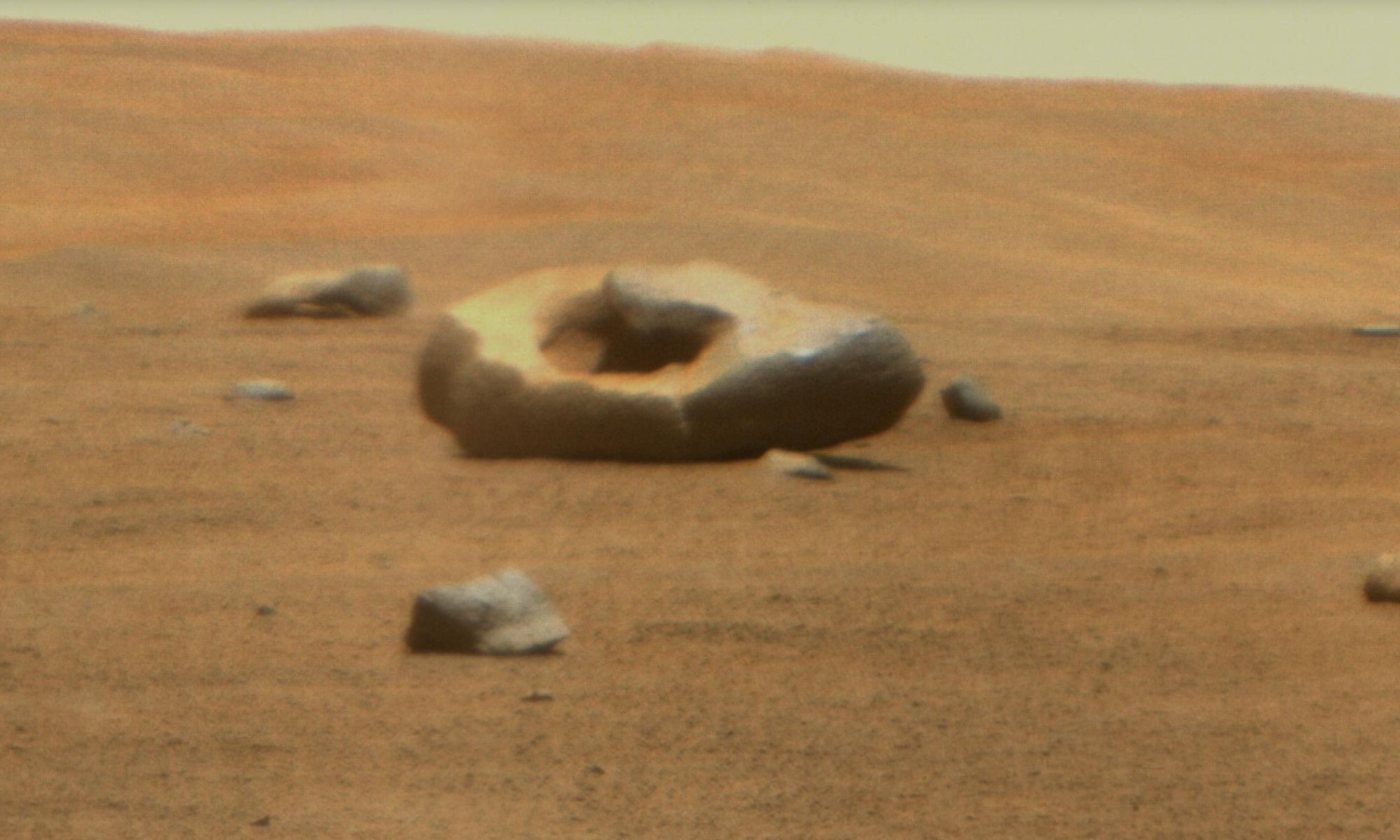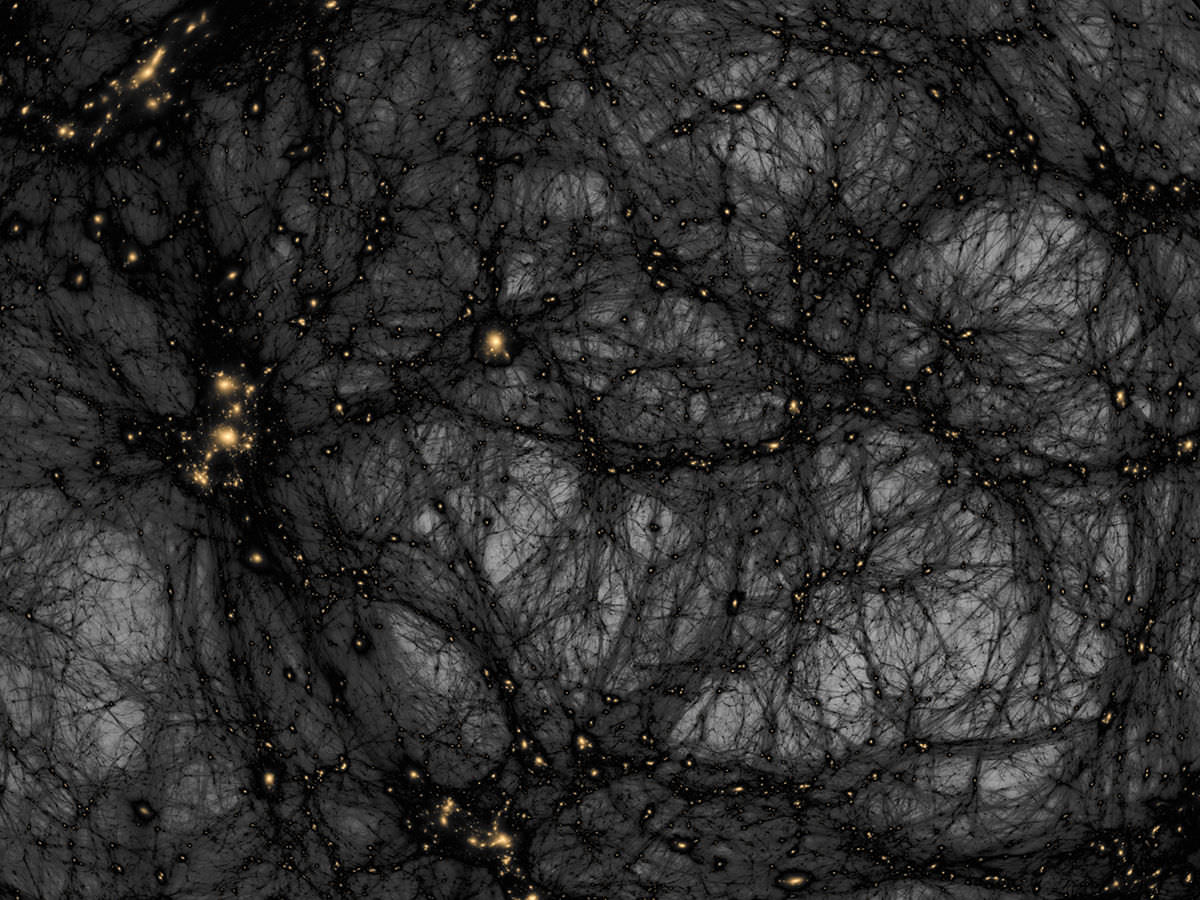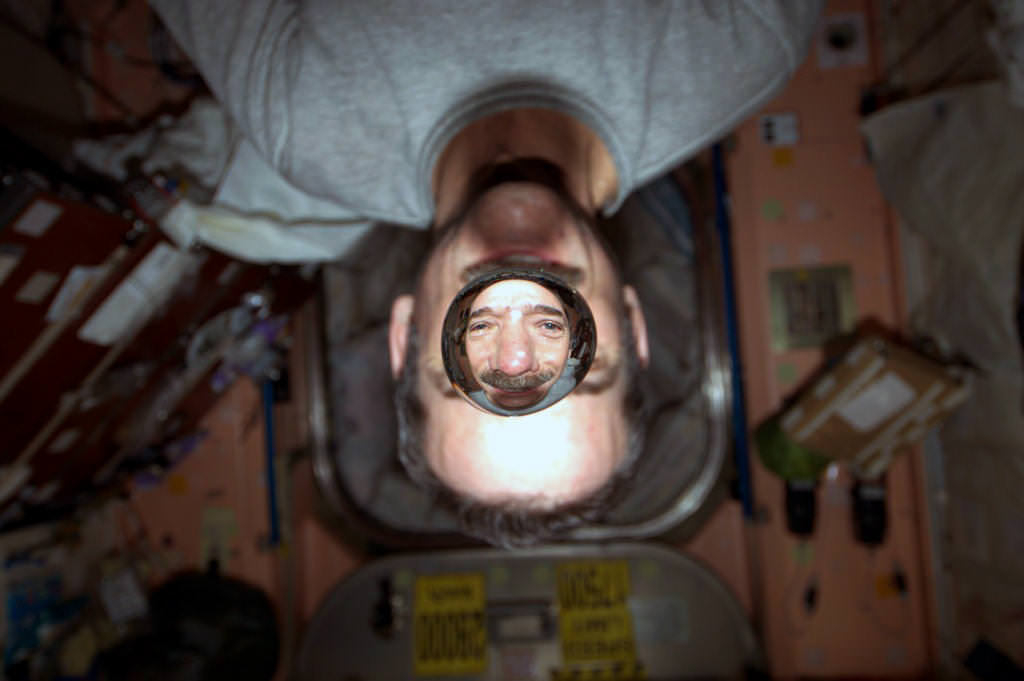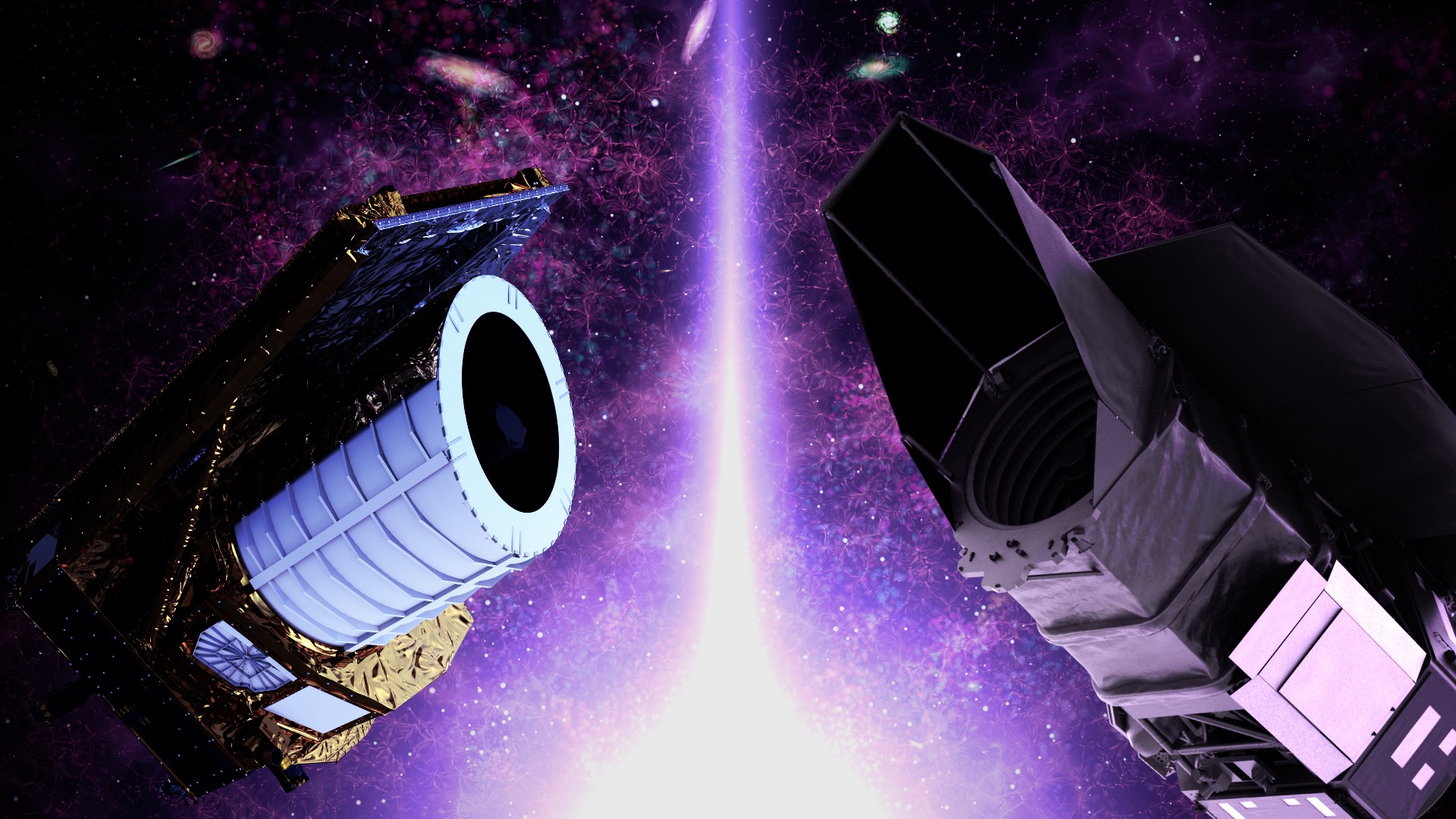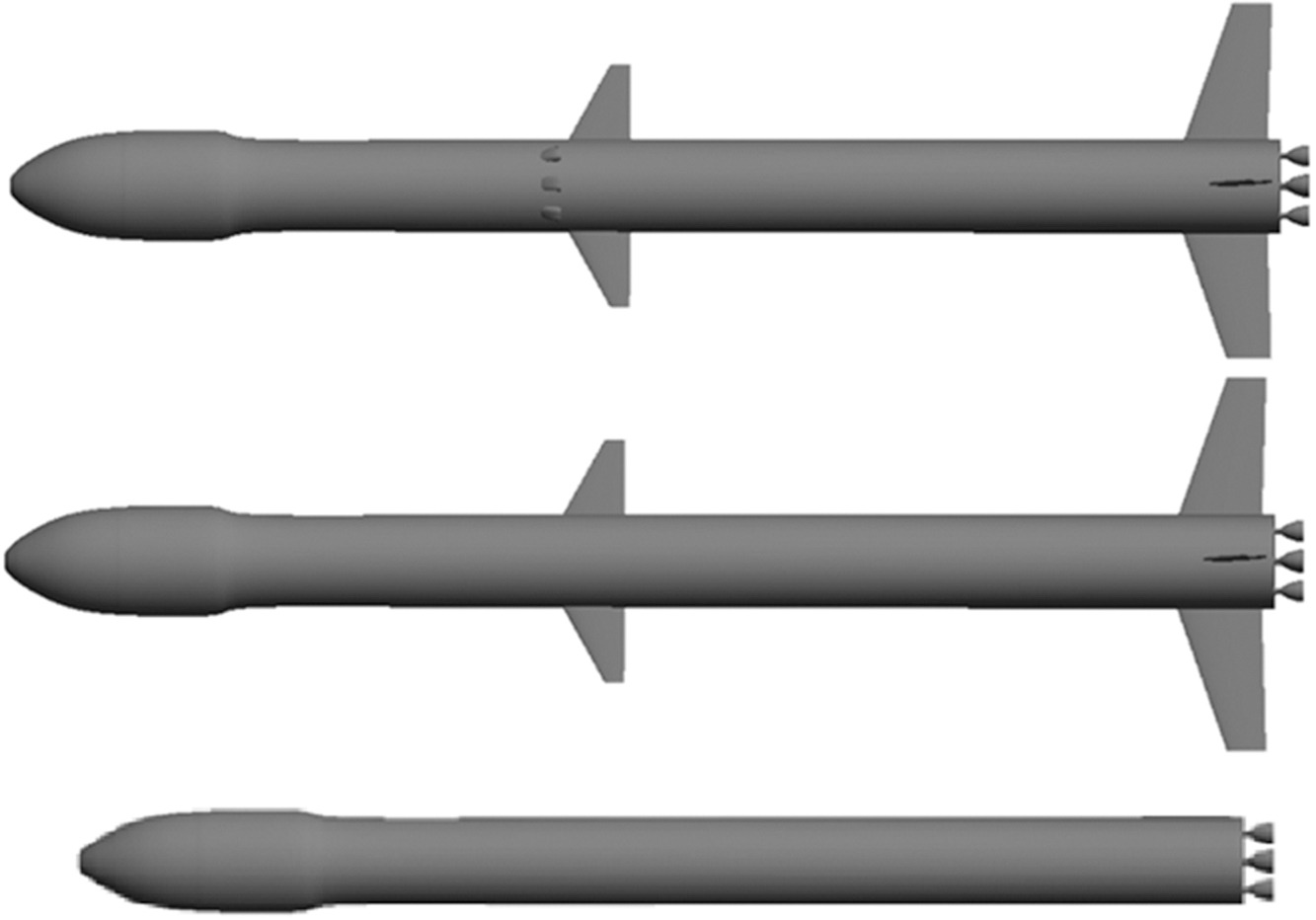In 2019, a team of astronomers led by Dr. Samantha Oates of the University of Birmingham discovered one of the most powerful transients ever seen – where astronomical objects change their brightness over a short period. Oates and her colleagues found this object, known as J221951-484240 (or J221951), using the Ultra-Violet and Optical Telescope (UVOT) on NASA’s Neil Gehrels Swift Observatory while searching for the source of a gravitational wave (GW) that was thought to be caused by two massive objects merging in our galaxy.
Multiple follow-up observations were made using the UVOT and Swift’s other instruments – the Burst Alert Telescope (BAT) and X-Ray Telescope (XRT), the Hubble Space Telescope, the South African Large Telescope (SALT), the Wide-field Infrared Survey Explorer (WISE), the ESO’s Very Large Telescope (VLT), the Australia Telescope Compact Array (ATCA), and more. The combined observations and spectra revealed that the source was a supermassive black hole (SMBH) in a distant galaxy that mysteriously “switched on,” becoming one of the most dramatic bursts of brightness ever seen with a black hole.
Continue reading “A Black Hole Switched On in the Blink of an Eye”
